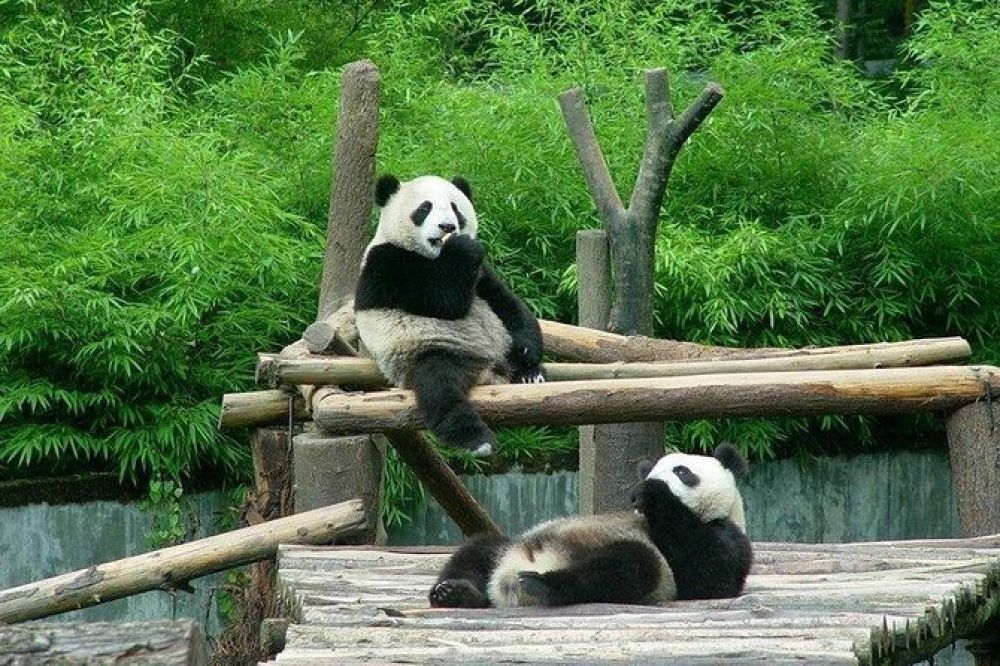

The Beijing Zoo, located in the Xicheng District, is one of the oldest and most famous zoological institutions in China. With a history that dates back to the late Qing Dynasty, the zoo has been a significant tourist attraction for both domestic and international visitors. Initially founded in 1906 as the Wansheng Garden, it opened to the public in 1908 and has evolved through the decades into a modern zoological park.
The zoo's early years were marked by royal patronage and it was initially intended to showcase animals from across the Chinese empire. The collections of the zoo expanded rapidly with rare species brought from all corners of the world. It survived through the turbulent years of wars and revolutions, each time emerging as a symbol of continuity and conservation.
Expansion and Modernization
In the 1950s, Beijing Zoo began a phase of expansion and modernization. New habitats and facilities were constructed to effectively display and breed a variety of species. The zoo gained international recognition for its successful breeding of rare animals like the Giant Panda, which has become a symbol of China and is a major draw for tourists.
Giant Pandas and Conservation Efforts
The Giant Panda House is a must-see exhibit at the Beijing Zoo and reflects China’s increasing dedication to wildlife conservation. The zoo has played a pivotal role in Panda conservation efforts, attracting researchers and conservationists from around the globe to study and participate in the breeding programs.
Educational Role and Cultural Importance
Beijing Zoo has long served as a place of learning and discovery about wildlife, playing a vital educational role by introducing generations of visitors to the vast biodiversity of our planet. It also holds a significant cultural position in Beijing by being a well-preserved green space that links the city's historical past with its rapidly urbanizing present.
Tourism Trends
In recent years, the rise of eco-tourism has influenced how zoological parks like Beijing Zoo operate. There's an increasing focus on creating more naturalistic habitats for animals and on visitor education about biodiversity and conservation. The Beijing Zoo has continued to adapt by upgrading its facilities and providing interactive experiences that foster a deeper connection between visitors and the natural world.
Beijing Zoo remains one of the top destinations for families and wildlife enthusiasts visiting the capital city. Its blend of historic architecture, such as the early 20th-century elephant house, with modern conservational practices provides a unique perspective on the evolution of animal care and public education in China.
As tourism trends continue to favor authentic and sustainable experiences, Beijing Zoo is poised to remain at the forefront, balancing its duties as a caretaker of a diverse species collection, a conservation advocate, and a historical site that tells the story of China's engagement with the natural world over the last century.